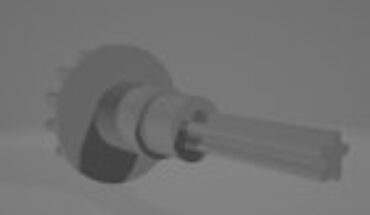
Hi all,
I’m working on a R&D project to capture scans of cadaveric human tissues (allograft) in a cleanroom setting. A little background is that we want to capture these scans and make them available to our customers (surgeons) as part of a decision-making process that the surgeon will use to accept or reject the specific item we are offering for their specific surgical case. Currently, we capture photos of the tissue, and these are the only visual representation of the specific graft.
The question was presented to us to investigate capturing a 3-dimensional scan of the graft for the surgeon to review all applicable angles of the graft that the photos may not capture and to be able to virtually rotate/overlay other virtual objects on the scan rendering. Additionally, capturing the surface contour of the graft with accurate measurements is desired. In our preliminary testing, we also tried our Polycam (photogrammetry app), which captured the colors much better but that’s about it. Artifacts and distortions were unsatisfactory.
The constraints on this application are somewhat unique in that it is inside a cleanroom setting and we cannot be rotating a scanner over the sterile field. Secondly, it’s a time sensitive process for each scan that needs to be captured. Lastly, the scanner and equipment itself must be sterilizable (typically for this it would be via wiping down vs. autoclave or gas sterilization).
The tissues themselves are primarily shiny white, red, pink, and yellow, as you might imagine, and the lighting in the cleanroom setting is bright LED lighting.
I purchased a Structure Scanner (the newest version) and an iPad pro to test with as it seemed to meet the basic criteria, and they are already capturing photos via iPads.
In my very preliminary testing, I’m finding it rather difficult to capture quality scans with this scanner.
At home, where it is not a cleanroom and I can walk around a white plastic model with the scanner, I am able to capture a much better scan. The surfaces are mostly accurate, but the colors are not sufficient. And, to capture a quality scan, it does require a very slow, patient walk around of the object. When trying the “tabletop/turntable mode”, it’s basically pure garbage.
I’m leaning towards a turntable design as it would be much easier to replicate results and automate the process, but I have very little experience with this.
Does anyone have successful experience with the structure scanner in a turntable design that could share some tips with me? I am also open to other scanners to review, so long as they fit the loose criteria above (and can’t cost $50K per scanner haha)
Thank you in advance!
submitted by /u/beedubbs
[visit reddit] [comments]
Source link





